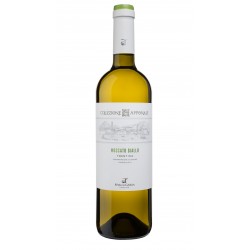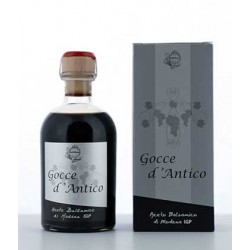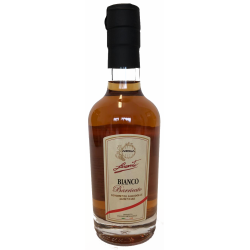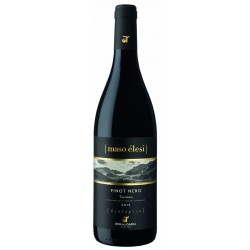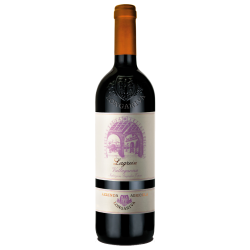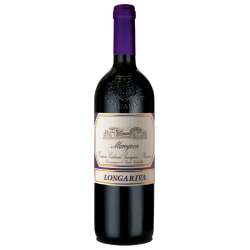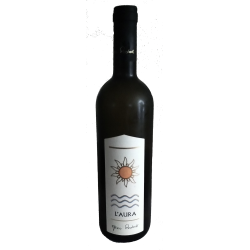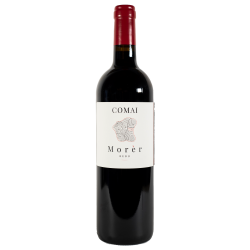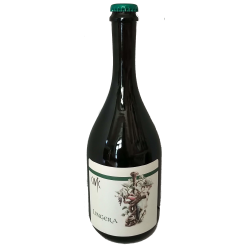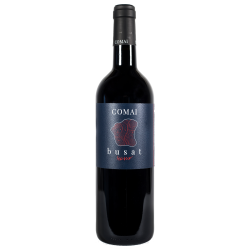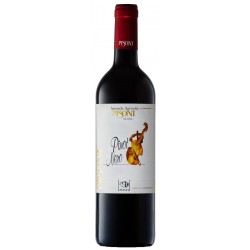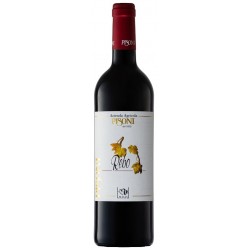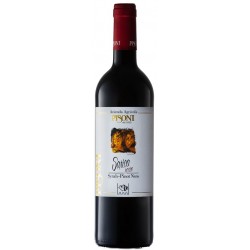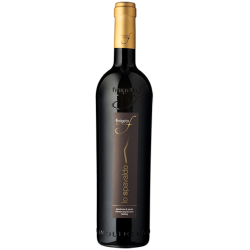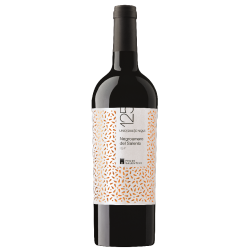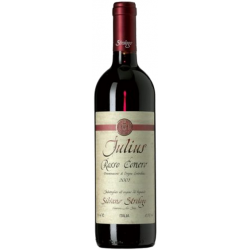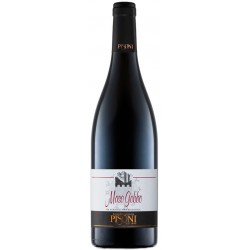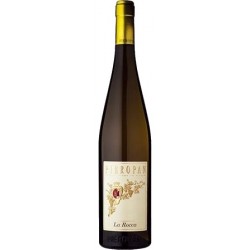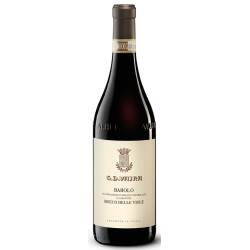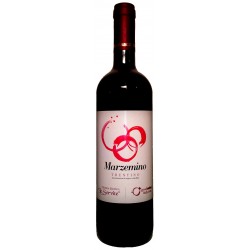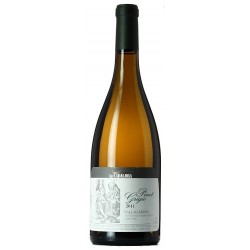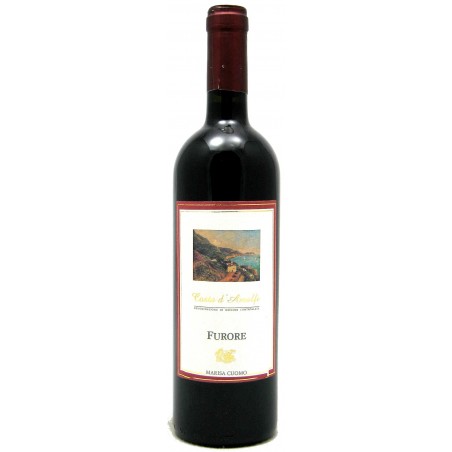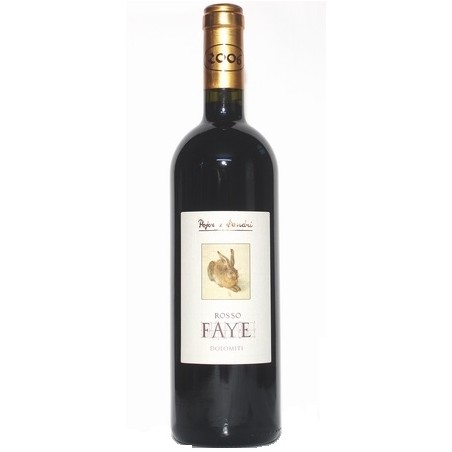No products in the cart.
Best Sellers
Maso Élesi, Pinot Nero Organic, Trentino DOC Superiore
An organic vineyard ideally suited for growing Pinot Nero.
Furore Rosso, Costa d'Amalfi DOC
Grape varieties:
50% Piedirosso (locally known as per ‘e palummo) and 50% Aglianico
Lagrein, Vallagarina IGT
A lagrein that tells us about the territory in its fresh and mineral guise, marked by elegance and pleasantness.
Marognon, Cabernet Sauvignon Riserva, Vigneti delle Dolomiti IGT
Grapes: 100% Cabernet Sauvignon
Morer, Rebo, Vigneti delle Dolomiti IGT
REBO From a single vineyard in Arco with a very low yield per vine. Fermentation with maceration in steel, aging for 12 months in used barriques and clay. An indigenous variety of this area and which we are much fond of. We are constantly seeking to weaken the tendency to rusticity of this variety by converting it into energy and personality.
Busat Rosso, Vigneti delle Dolomiti IGT
Merlot, Rebo and Cabernet Sauvignon come together in this vigorous and harmonious Cuveè. Fermentation with maceration in steel, aging for 12 months in used barriques and clay to obtain a fruity and juicy red.
Pinot Nero, Vigneti delle Dolomiti IGT
This extraordinary and precious vine, originally from Burgundy, has been cultivated for centuries by Trentino vine growers who, through careful research, have been able to create a typical variety of excellent quality and low yield.
Pinot Noir and Chardonnay cultivated by the Azienda Agricola Pisoni are also used to produce the well-known Spumante Pisoni, Brut and Reserve.
Rebo, Vigneti delle Dolomiti IGT
This vine was obtained by crossing two typical Trentino varieties: Teroldego (indigenous) and Merlot. Rebo Rigotti, a researcher at the Istituto Agrario di San Michele all’Adige, created this new variety in the early fifties. Until a few years ago Rebo was thought to be a cross between Merlot and Marzemino but now, with new DNA tests, we know it is a combination of Merlot and Teroldego and this is why the wine is rich, full-bodied and perfect for ageing.
Sarica, Rosso, Vigneti delle Dolomiti IGT
This extraordinary and precious vine, originally from Burgundy, has been cultivated for centuries by Trentino vine growers who, through careful research, have been able to create a typical variety of excellent quality and low yield.
Pinot Noir and Chardonnay cultivated by the Azienda Agricola Pisoni are also used to produce the well-known Spumante Pisoni, Brut and Reserve.
Lo Spavaldo, Riesling, Oltrepò Pavese DOC
In Oltrepò, especially in the area of Montalto Pavese the variety of Riesling stands out , among whites for its great qualities. In fact here this vine finds its optimum vocation. Here at the Finigeto Winery we have dedicated a special care to this wine by choosing, between our vineyards, those who have the best exposure and selecting the grapes carefully. This is how we got to this Riesling of excellent quality, purity and character.
Julius, Rosso Conero DOC
The vineyard altitude is 250 m. above sea level. The exposoure is south. The training system is cordon spur. The yield per hectare is 80 Quintals.
Maso Gobbo, Vigneti delle Dolomiti IGT
Exclusive of Azienda Agricola Pisoni this wine takes its name from an agricultural particle situated in the middle of the Lake Valley near Sarca River. This wine is produced with the organic grapes Teroldego, Rebo and Merlot.
WINE PRODUCT WITHOUT THE ADDITION OF SULPHITES
La Rocca, Soave DOC Classico
La Rocca is situated on the slopes of Monte Rocchetta, below the adjacent medieval castle which dominates the town of Soave...
Bricco delle Viole, Barolo DOCG
Bricco delle Viole is the vineyard that taught us patience and naturally guided the style of our craft.
Rosso Faye, Vigneti delle Dolomiti IGT
On the Faedo fan in the cadastral municipality of San Michele , in the locality of Paradisot at 250 m. above the sea level. with south-south / west exposure; somewhat windy position due to the influence of the “Ora” del Garda (wind that originates from the nearby large lake).
Pinot Grigio, Vallagarina IGT
Pinot Grigio was first introduced to the Vallagarina in the Nineteenth Century. The people of Santa Margherita started to cultivate it in the 1950\'s, by the name of Rúlender...

.png)
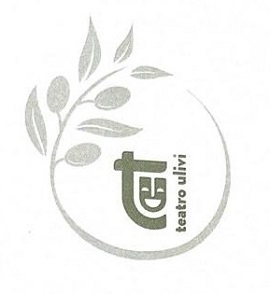

 - Copia.png)

 - Copia.jpg)


